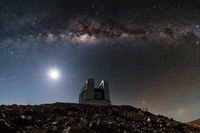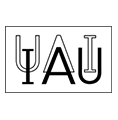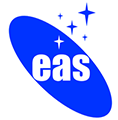First Light for 4MOST
On October 18, 2025, the 4-metre Multi-Object Spectroscopic Telescope (4MOST) facility, installed on the VISTA telescope at the European Southern Observatory’s (ESO) Paranal Observatory in Chile, obtained its first light. This milestone is a crucial step in the life of any telescope marking the moment it is ready to begin its scientific journey. Moreover, 4MOST does not simply take images of the sky; it records spectra, capturing the light of each object in every individual colour. With this capability, it can unravel the light of 2400 celestial objects simultaneously into 18,000 colour components, allowing astronomers to study their detailed chemical composition and properties.
Once fully operational, 4MOST will investigate the formation and evolution processes of stars and planets, the Milky Way and other galaxies, black holes and other exotic objects, and of the Universe as a whole. By analysing the detailed rainbow-like colours of thousands of objects every 10–20 minutes, 4MOST will build a catalogue of temperatures, chemical compositions, velocities and many more physical parameters of tens of millions of objects spread across the entire Southern sky.
4MOST is the largest multi-object spectroscopic survey facility in the southern hemisphere and is unique in its combination of large field of view, number of simultaneous observed objects, and number of spectral colours simultaneously registered. Development started in 2010 and the facility has been designed to operate for at least the next 15 years.
The 4MOST facility is designed, built, and scientifically operated by a Consortium of 30 universities and research institutes in Europe and Australia under leadership of the Leibniz Institute for Astrophysics Potsdam (AIP). The main institutes involved in building and operating of the facility are: Macquarie University / Australian Astronomical Optics (AAO), Centre de Recherche Astrophysique de Lyon (CRAL), European Southern Observatory (ESO), Max Planck Institute for Astronomy (MPIA), Max Planck Institute for Extraterrestrial Physics (MPE), Nederlandse Onderzoekschool Voor Astronomie (NOVA), University of Cambridge, Universität Hamburg, Universität Heidelberg and University College London (UCL).
All these institutes are also involved in the scientific analysis and exploration, as are the following major consortium partners: Durham University, Department of Physics, École polytechnique fédérale de Lausanne, Lunds universitet, , Rijksuniversiteit Groningen, University of Bath, University of Western Australia, Uppsala universitet, and minor consortium participants: Georg-August-Universität Göttingen, L'Observatoire de Paris, Laboratoire des Matériaux Avancés, Max-Planck-Institut für Radioastronomie, University College London, Universität Potsdam, University of Sussex, University of Tartu, University of Warwick, Lancaster University, University of Portsmouth, University of Southampton, and Queen’s University Belfast.
The development and operation of 4MOST were enabled by funding from the Federal Ministry of Research, Technology and Space.
Further information: https://www.aip.de/en/news/4most-first-light/




